The day 3 project I tried to describe another emotion by MAX/MSP.
This emotion is ‘Hesitance and division’.
Sometimes we often encounter some hesitant moment or situation, when we have to make some choices we might feel hesitant. It is just like that there were many ‘ourselves’ in our mind to discuss which choice we should make. Just like our shadows walked around us.
On the other hand, hesitance means division. The different ‘shadows’ of us represent different ideas or choices. So our mind is actually divided into different parts. Just like ‘division’.
I used MAX/MSP to process the video streams of my computer’s camera, to create some ‘division’ effect to describe ‘Hesitance and division’.






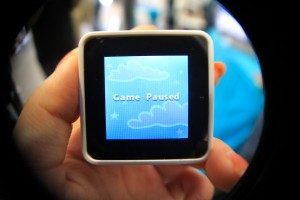
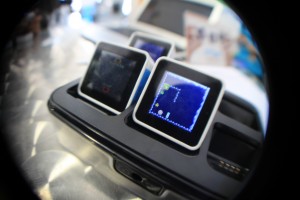
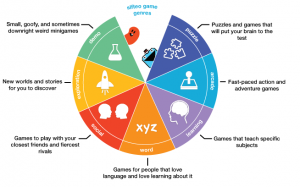

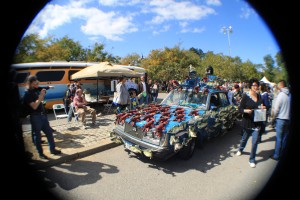
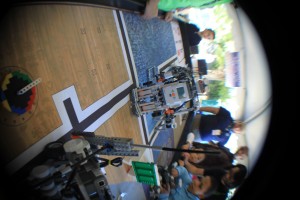
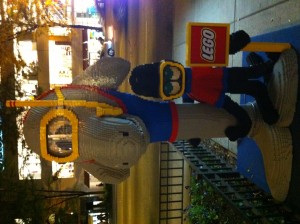





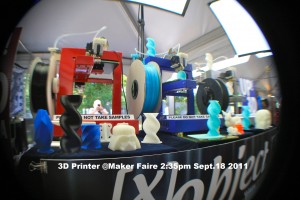










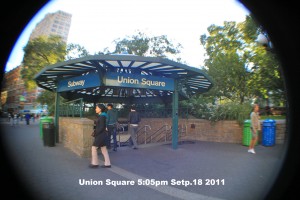






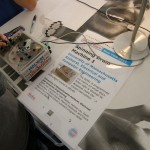

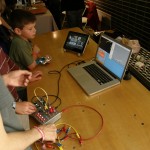

















Comments!